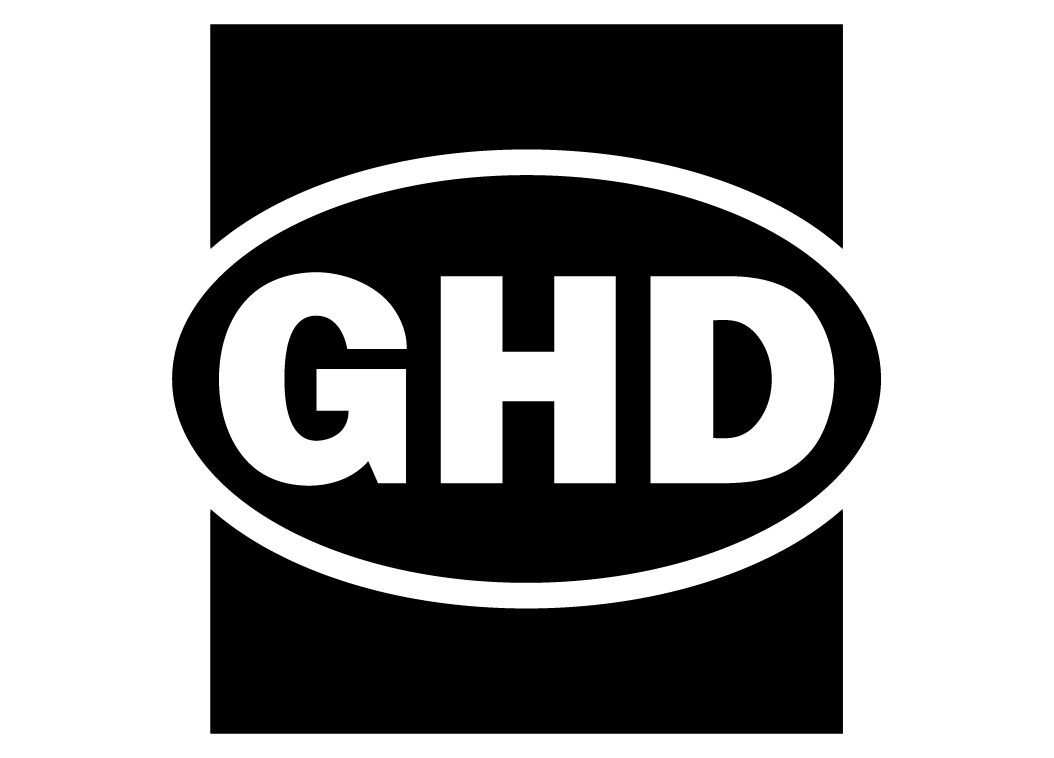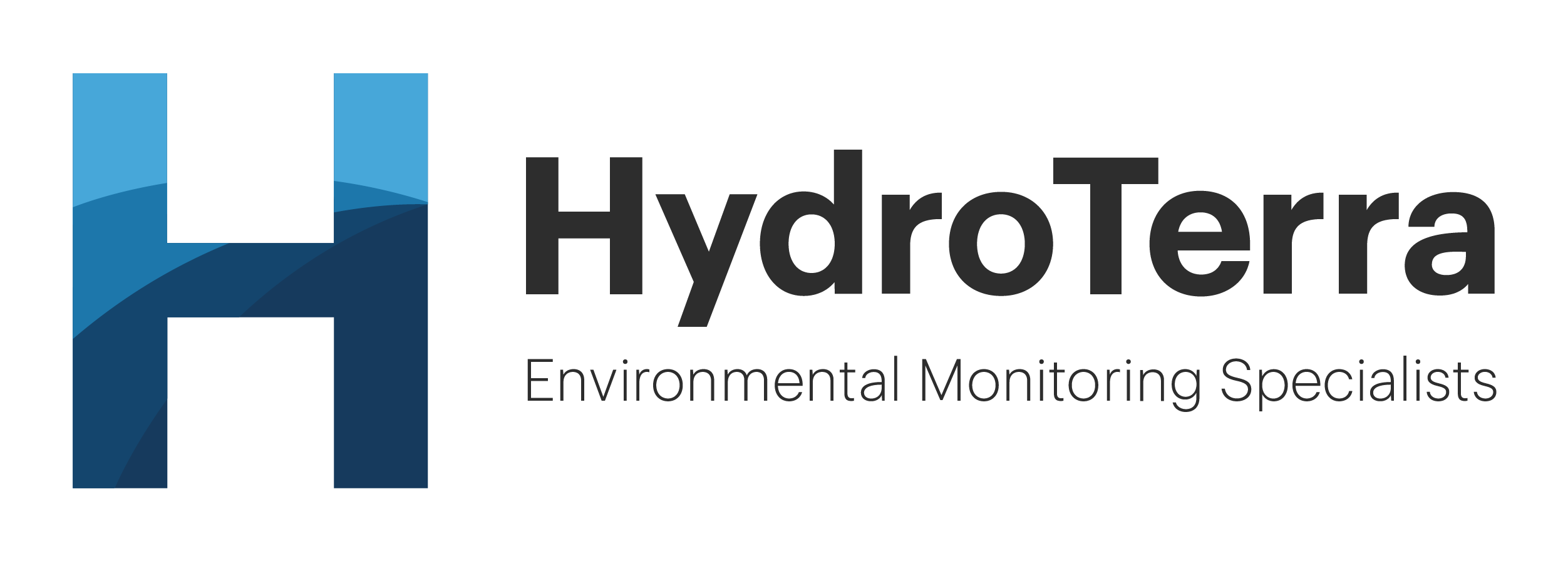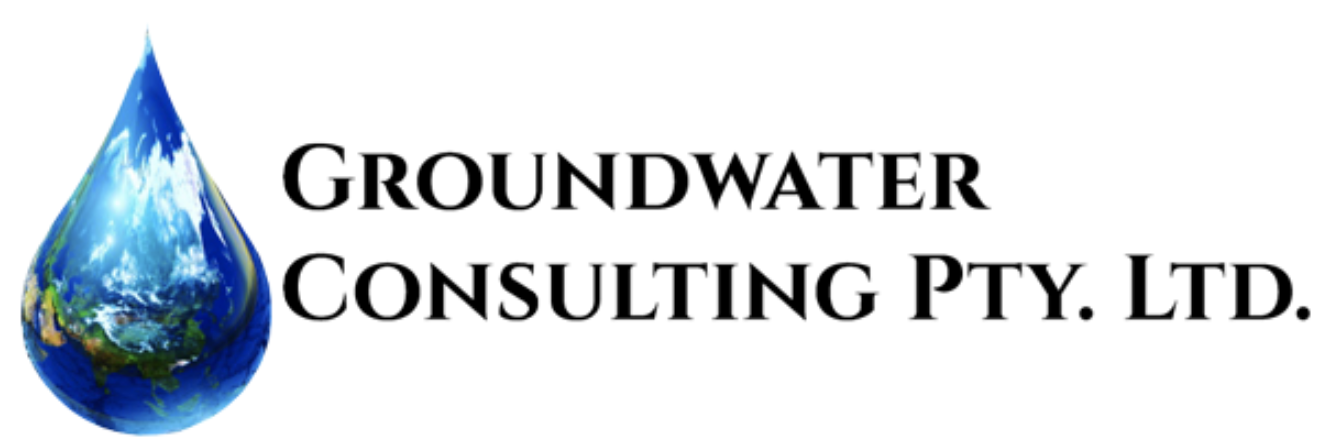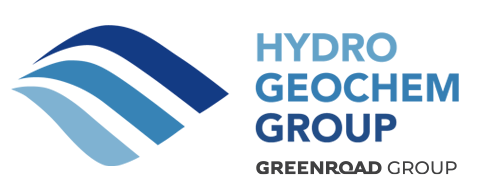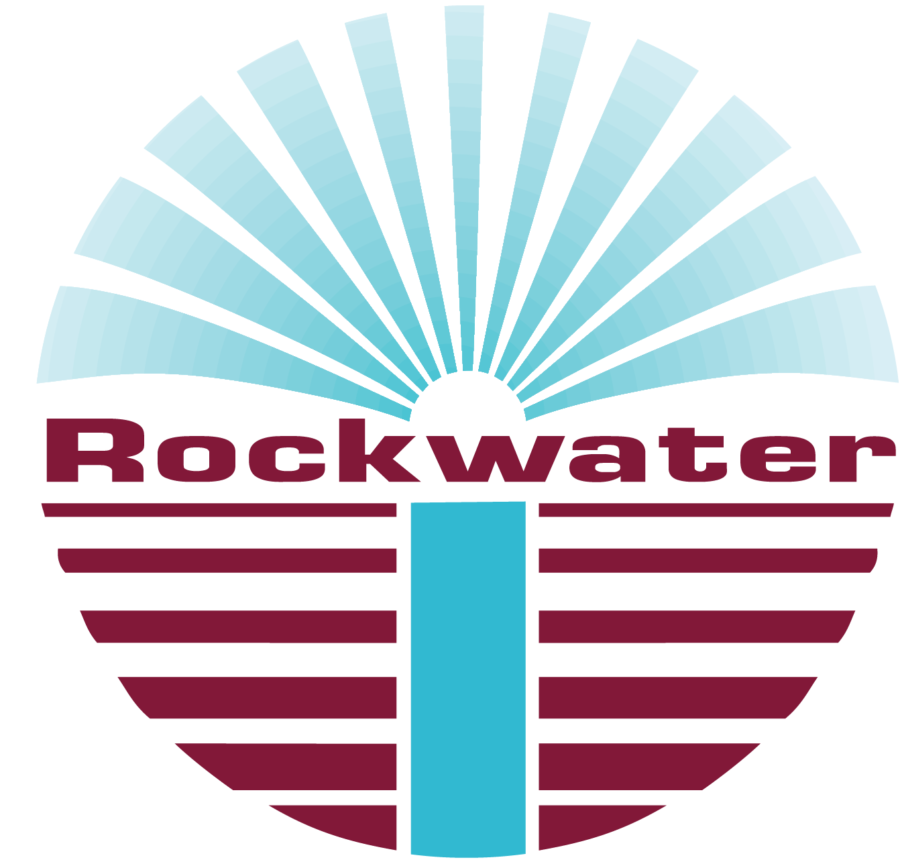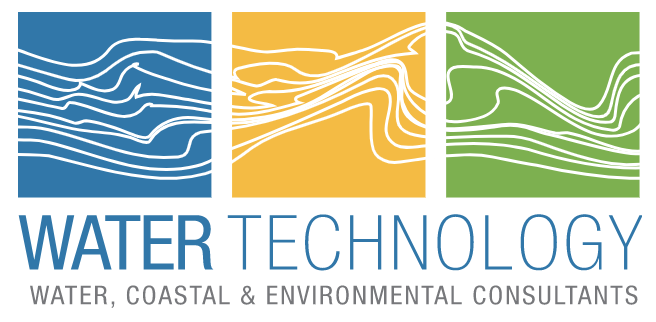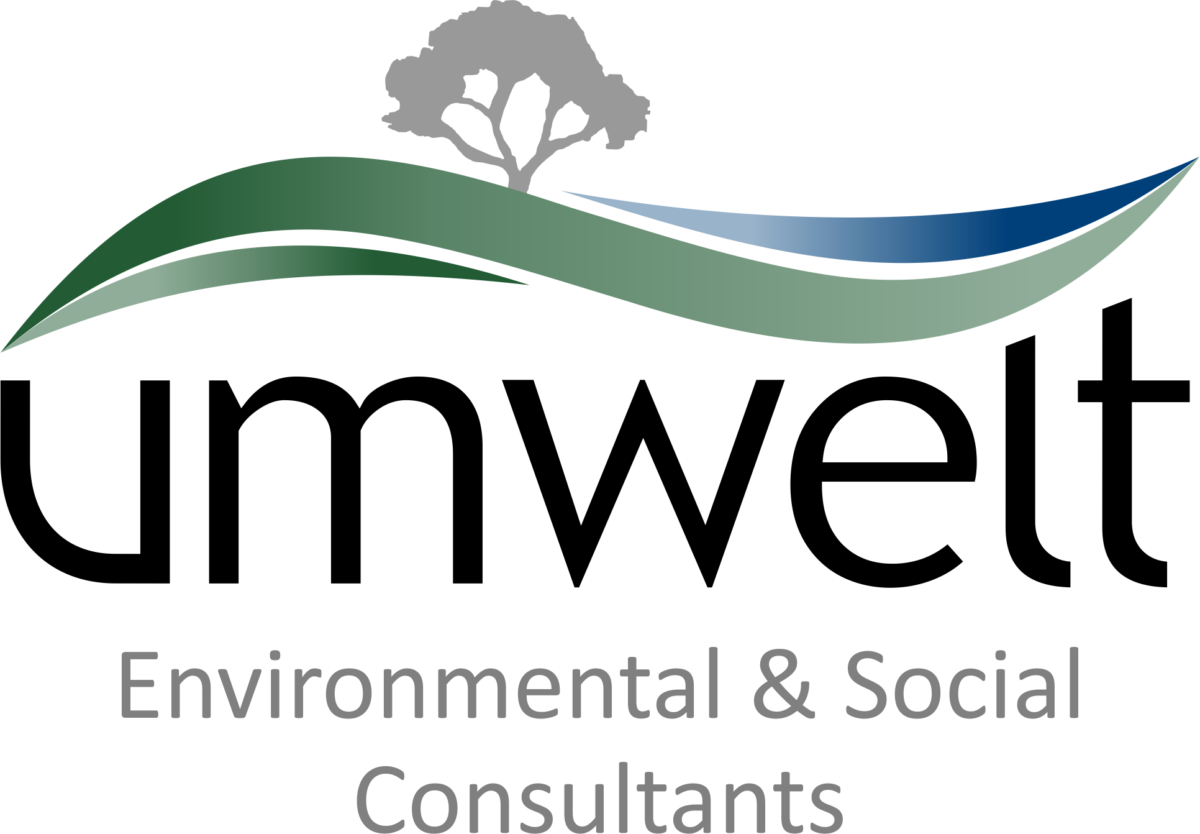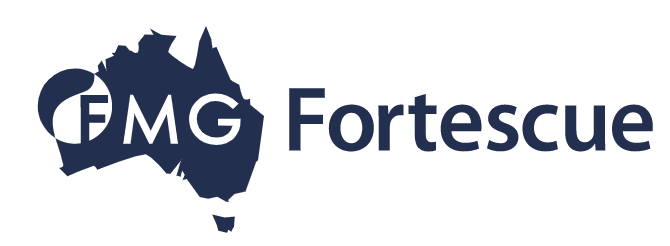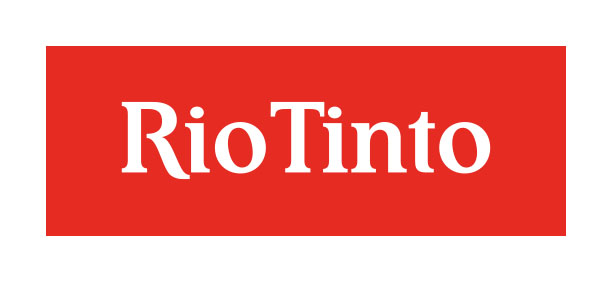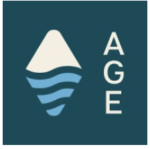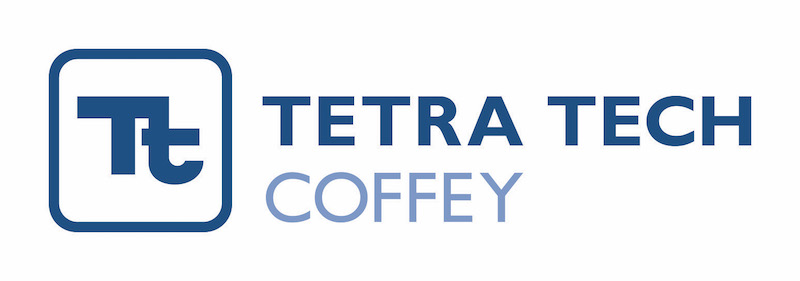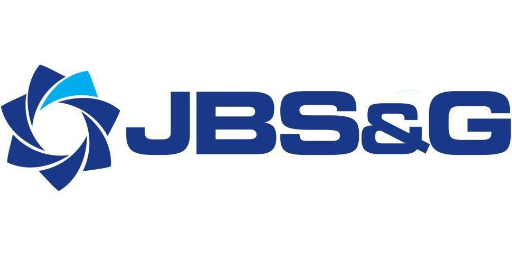As Western Australia’s mining boom continues, it is incumbent upon us, as hydrogeological practitioners, and key decision makers in the water and mining process that we not only focus ‘on the here and now’ but that we also have ethical and moral obligations to consider the long term residual social and environmental impacts on the landscape once mining has been completed. What legacy do we want to leave to our future generations? Should we take our children and grandchildren to the Pilbara, Goldfields or Collie coalfields in future decades and what will that landscape look like? A series of waste dumps, tainted waterways and struggling vegetation, or one of a few controlled impact footprints returning surely to nature?
The effective understanding and management of water is central to closing mines well. Water in and above the ground is the medium that can release or contain pollutants, concentrate them on-site, or transport them off-site. Water can shape and erode structures that are important to hold onto vegetation, host fauna, and contain mobile wastes. Water can be withheld from the environment long after mining finishes as dewatered pits recover and drainages are altered. Water, if not managed properly, is the prime vehicle by which mining can be felt beyond the mine gate long after the mine gate is gone.
The Western Australian IAH committee invites you to consider the role hydrogeologists play in leaving behind mined areas we can be proud of.
Save the date
Join us at the City West Function Centre in West Perth on Friday, 27 July.



